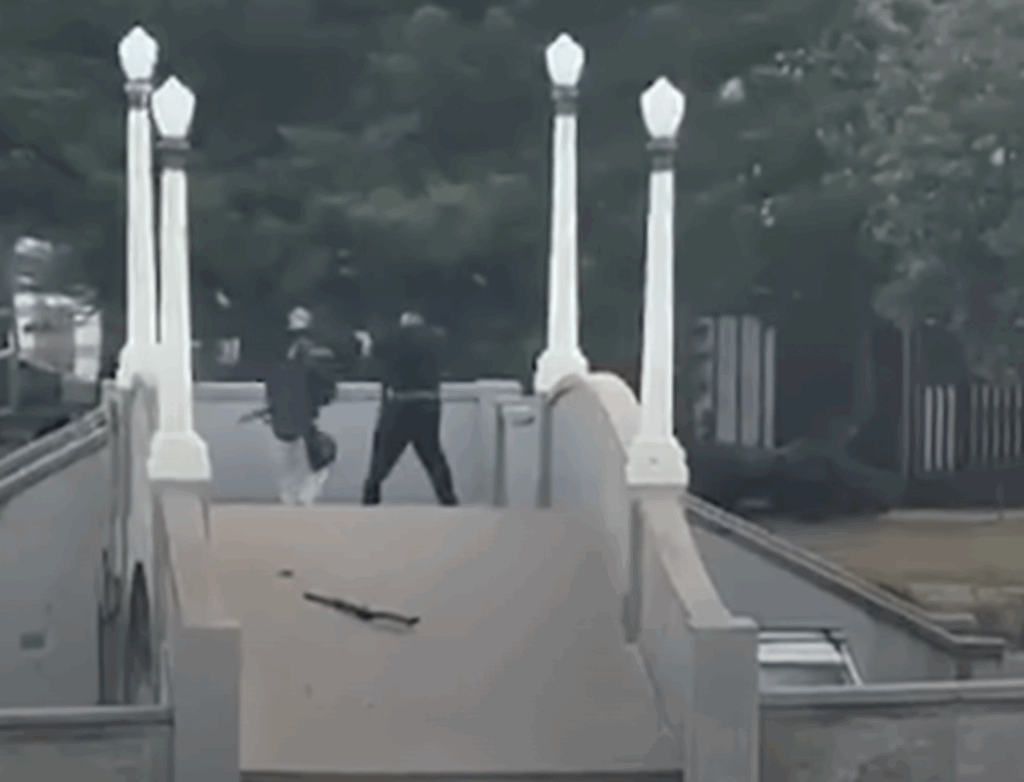UPDATES
Israeli investigation explains the tragic incident which killed four children on a Gaza beach
June 12, 2015 | Allon Lee

Israel’s military chief legal officer has closed an investigation into the IDF shelling of a Gaza beach on July 16, 2014 that tragically killed four Palestinian children, finding they were the victims of mistaken identity.
This tragic incident, which was captured on video by journalists, became the most frequently used by critics seeking to tar all of Israel’s operations in Gaza as deliberately targeting civilians without justifiable military purpose.
The investigation was launched last September and included “the testimonies of Gaza Strip residents who were, allegedly, witnesses to the incident”, according to the Military Advocate General (MAG) of the Israel Defence Force.
Significantly the area was “closed off by a fence and clearly separated from the beach serving the civilian population”, and was known to residents of the Gaza Strip “as a compound which was used exclusively by Hamas’s Naval Police”.
Moreover, the compound had been hit by the IDF in the days prior to this particular incident, including on the previous day where a container storing military supplies was hit.
“Shortly before the incident, an intelligence assessment… indicated that [Hamas’ naval] operatives… would gather [there] in order to prepare for military activity against the IDF”, the IDF MAG wrote.
On July 16, aerial surveillance caught the four youths – Ahed, Zakariya, Muhammad and Ismail al-Bakr – “entering the compound at a running pace” and they “were believed to be [Hamas] militants” involved in the “aforementioned military activity”.
Critically, “the figures were not identified at any point during the incident, as children” and “it would not have been possible for the operational entities involved to have identified these figures, via aerial surveillance, as children.”
After receiving “the necessary authorizations for an attack… and after a civilian presence in the area had been ruled out” it was decided to “conduct an aerial attack”.
According to the report the chain of events was as follows:
When one of the identified figures entered into the remains of the container which had been attacked on the day prior to the incident, one missile was fired from the air towards the container and the adjoining shed. As a result of this attack, it appeared that one of the figures identified was hit. Following this attack, the rest of the figures began to run in the direction of the compound’s exit. Shortly before their exit from the compound, an additional missile was fired from the air towards them, which hit the figures in question after they had exited the compound.
Summarising the facts of the case and taking into account “Israeli domestic law and international law requirements” a decision was made not to recommend criminal proceedings because:
The decision to attack was taken by the competent authorities, and the attack was aimed at figures who were understood to be militants from Hamas’s Naval Forces, who had gathered in order to prepare to carry out military activities against the IDF. At the time that the decision was made, the attack was not, according to the assessment of the operational entities, expected to result in any collateral damage to civilians or to civilian property.
Moreover, the attack was carried out while undertaking several precautionary measures, which aimed to prevent any harm to civilians. Such measures included, inter alia, the choice of a munition which was not expected to cause any harm to civilians, and the deployment of real time visual surveillance. The MAG found that the professional discretion exercised by all the commanders involved in the incident had not been unreasonable under the circumstances.
What the report did not address was the question of why the four boys were playing in an area that was widely known to be off limits, or where the erroneous intelligence about the expected gathering of Hamas naval commandos came from.
Nonetheless, the report did note that, quite properly:
inter alia as a result of this incident, the IDF has been working to improve a number of its operational capabilities, including technological capabilities, in order to minimize the risk of the recurrence of tragic incidents of this kind
Regardless, the incident yet again highlights Hamas’ immoral tactical doctrine of operating in civilian areas, thereby letting its own people, especially children, become cannon fodder for propaganda effect.
Some will dismiss the investigation as a case of the army acquitting its own, but they should be required to address the substantive Israeli claims:
Is it not true that this was a fenced-of area used by Hamas naval commandos and which civilians did not usually enter?
Is it not true that the buildings had been struck repeatedly by Israel prior to the tragic attack that killed the four boys and that military supplies had been destroyed there the previous day?
And given this, and the intelligence Israel reportedly received, was Israeli military behaviour therefore not reasonable in the context, as the MAG concluded, even if the unintended results were tragic?
More than this, what possible benefit could Israel stand to gain by deliberately killing children in front of media cameras?
Allon Lee
Tags: Israel





